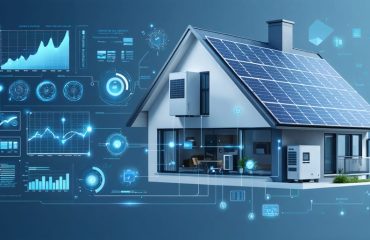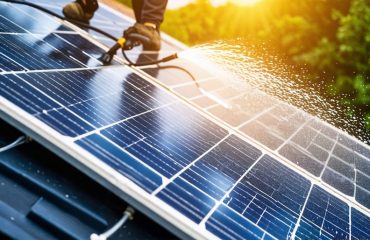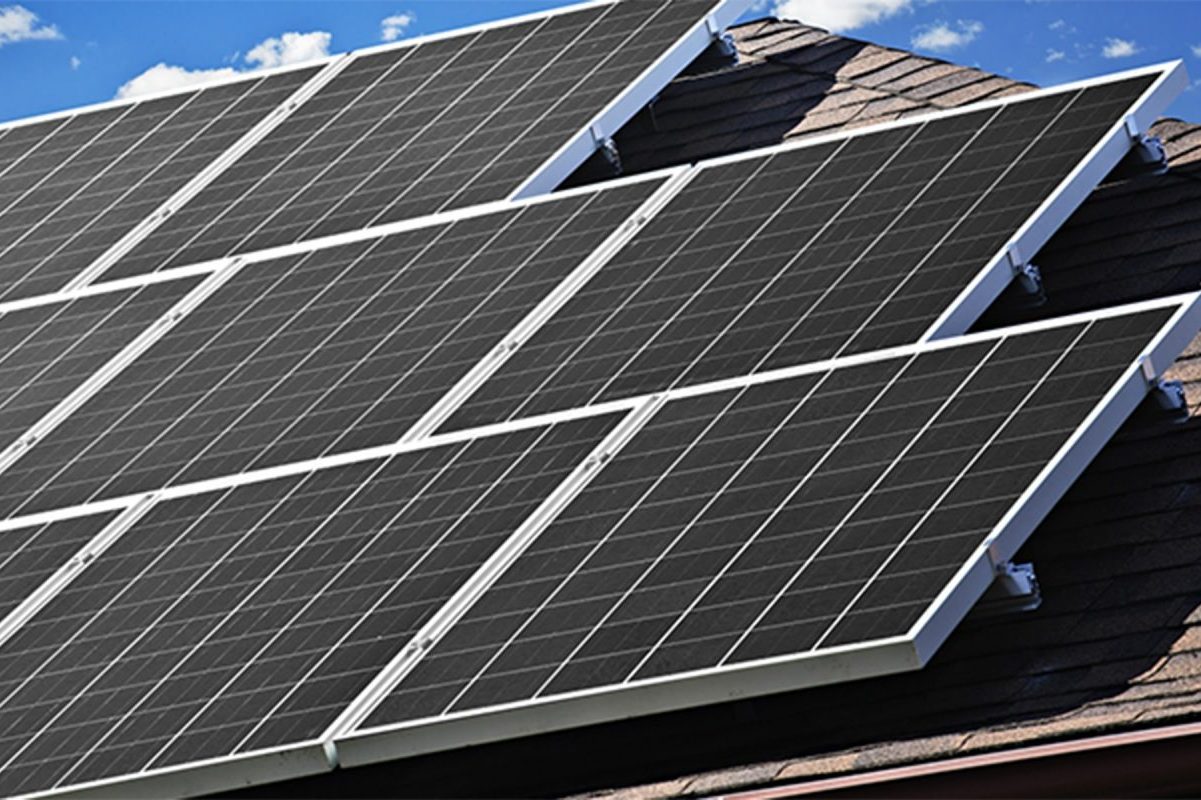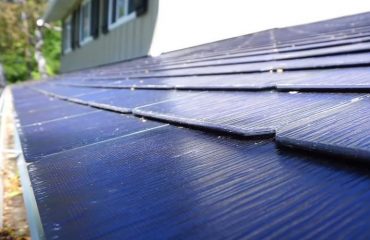Harnessing the sun’s power has never been more accessible or affordable for homeowners. Solar panels and equipment offer a sustainable, cost-effective solution to rising energy bills and environmental concerns. By converting sunlight into clean electricity, residential solar systems empower you to take control of your energy production and consumption. With advancements in technology, solar panels are now more efficient, durable, and aesthetically pleasing than ever before. Investing in solar not only reduces your carbon footprint but also offers long-term financial benefits through lower utility costs and potential tax incentives. As you embark on your journey towards energy independence, understanding the key components and considerations of a solar panel system is crucial. In this article, we’ll shed light on the essential equipment, debunk common myths, and guide you through the process of going solar, ensuring you make an informed decision that benefits both your home and the planet.
Solar Panels: The Heart of Your System

Monocrystalline vs. Polycrystalline Panels
When choosing solar panels, two main types are available: monocrystalline and polycrystalline. Monocrystalline panels are made from a single, high-purity silicon crystal, resulting in higher efficiency and a sleek, black appearance. They perform well in low-light conditions and have a longer lifespan, making them ideal for limited roof space or high-performance systems. However, they come at a higher price point.
Polycrystalline panels are made from multiple silicon crystals, giving them a blue, speckled look. While slightly less efficient than monocrystalline, they are more affordable and still deliver excellent performance. They are a great choice for larger roof spaces or budget-conscious homeowners. Both types of panels must adhere to strict safety standards, including maximum voltage limits. Ultimately, the choice between monocrystalline and polycrystalline depends on your specific needs, budget, and aesthetic preferences.
Selecting the Right Size and Number of Panels
To determine the optimal solar panel setup for your home, consider your energy consumption, available roof space, and budget. Assess your monthly electricity bills to estimate your energy needs. A professional solar installer can help you calculate the number and size of panels required to meet your energy goals. Factors like roof orientation, shading, and local climate also influence panel selection and placement. Aim for a balance between maximizing energy production and minimizing costs. High-efficiency panels may be more expensive upfront but can generate more power in limited spaces. Consult with experts to find the right configuration for your home, ensuring you have enough panels to significantly reduce or eliminate your reliance on grid electricity. With the proper sizing and number of panels, you can optimize your solar investment and enjoy long-term savings on your energy bills.

Inverters: Converting Sunlight into Usable Power
Inverters play a crucial role in converting the DC electricity generated by solar panels into usable AC electricity for your home appliances and the grid. Without an inverter, the solar energy captured by your panels would be unusable in your home. There are three main types of inverters: string, micro, and power optimizers.
String inverters are the most common and cost-effective option, connecting multiple solar panels in a series. They are ideal for homes with minimal shading and consistent sunlight exposure. Microinverters, on the other hand, are installed on each individual panel, allowing for optimal performance even in partially shaded conditions. This option is more expensive but offers increased energy production and system monitoring capabilities.
Power optimizers are a hybrid solution, combining the benefits of string and microinverters. They are installed on each panel like microinverters but connect to a central string inverter. This setup maximizes energy output while minimizing costs and simplifying installation.
When choosing an inverter for your solar panel system, consider factors such as your home’s shading, roof orientation, and budget. Consulting with a professional installer can help you determine the best role of inverters for your specific needs. By selecting the right inverter, you can ensure that your solar panel system operates at peak efficiency, maximizing your energy savings and environmental benefits.
Mounting Equipment: Securing Your Solar Panels
Securing your solar panels with sturdy mounting equipment is crucial for ensuring their longevity and optimal performance. The mounting system you choose will depend on your roof type or whether you opt for a ground-mounted installation. For roof-mounted systems, there are options suitable for various roof materials, such as asphalt shingles, tile, or metal. These mounts are designed to withstand harsh weather conditions and provide a stable foundation for your panels. Ground-mounted systems offer more flexibility in terms of placement and can be a good choice if your roof is not suitable for installation. They typically involve a metal frame anchored to the ground with concrete footings. Regardless of the mounting option you choose, it’s essential to work with a professional installer who can assess your specific needs and ensure that your panels are securely attached. Proper mounting not only protects your investment but also allows your solar panels to efficiently capture sunlight and convert it into usable energy, which can be stored using energy storage solutions for later use. With the right mounting equipment, you can have peace of mind knowing that your solar panels will provide reliable, clean energy for years to come.
Energy Storage Solutions: Batteries and Beyond
Lithium-Ion vs. Lead-Acid Batteries
When choosing solar batteries, homeowners have two main options: lithium-ion and lead-acid batteries. Lithium-ion batteries are more compact, lightweight, and have a longer lifespan of up to 10-15 years. They also have a higher depth of discharge, meaning they can utilize more of their stored energy without damaging the battery. However, they come with a higher upfront cost.
Lead-acid batteries, on the other hand, are less expensive and have been used in off-grid applications for decades. They are reliable and well-understood, but they are heavier, require more maintenance, and have a shorter lifespan of around 5-7 years. Lead-acid batteries also have a lower depth of discharge, typically around 50%, to prevent damage.
For most residential solar installations, lithium-ion batteries are the preferred choice due to their superior performance, longer lifespan, and lower maintenance requirements. However, for those on a tighter budget or with minimal energy storage needs, lead-acid batteries can still be a viable option. To understand the true cost of pairing solar panels and batteries, explore the comprehensive breakdown of investment versus long-term savings outlined in Solar Panels and Batteries: The True Cost of Energy Freedom.
Backup Generators: Ensuring Uninterrupted Power
While solar panels are an excellent way to generate clean, renewable energy, there may be times when your system cannot meet your home’s energy demands, such as during extended periods of cloudy weather or power outages. This is where backup generators come into play. By integrating a backup generator with your solar panel system, you can ensure a reliable and uninterrupted power supply, even during challenging circumstances.
Backup generators, typically powered by propane or natural gas, can automatically detect when your solar panels are not producing enough energy and seamlessly switch to providing power for your home. This means that you’ll never have to worry about being left in the dark or without essential appliances during an outage. Additionally, when paired with smart monitoring systems, backup generators can optimize their performance and minimize fuel consumption, ensuring maximum efficiency and cost-effectiveness.
Investing in a backup generator for your solar panel system not only provides peace of mind but also enhances the overall reliability and resilience of your home’s energy infrastructure. By combining the benefits of clean solar energy with the dependability of a backup generator, you can create a comprehensive and sustainable power solution that meets your needs in any situation.
Monitoring Systems: Tracking Your Solar Performance
Monitoring systems are an essential component of modern solar panel installations, allowing homeowners to keep a close eye on their system’s performance. These smart devices collect real-time data on energy production, consumption, and storage, presenting it in an easy-to-understand format via web portals or mobile apps. By tracking your solar panel system’s output, you can quickly identify any issues or inefficiencies, such as shading or equipment malfunctions, and take corrective action to optimize your energy generation. Monitoring systems also help you understand your energy usage patterns, enabling you to make informed decisions about your consumption habits and maximize your savings. With the ability to set alerts for unusual activity or system failures, you can ensure your solar investment continues to deliver the environmental and financial benefits you expect. Embrace the power of monitoring systems and take control of your solar journey today.
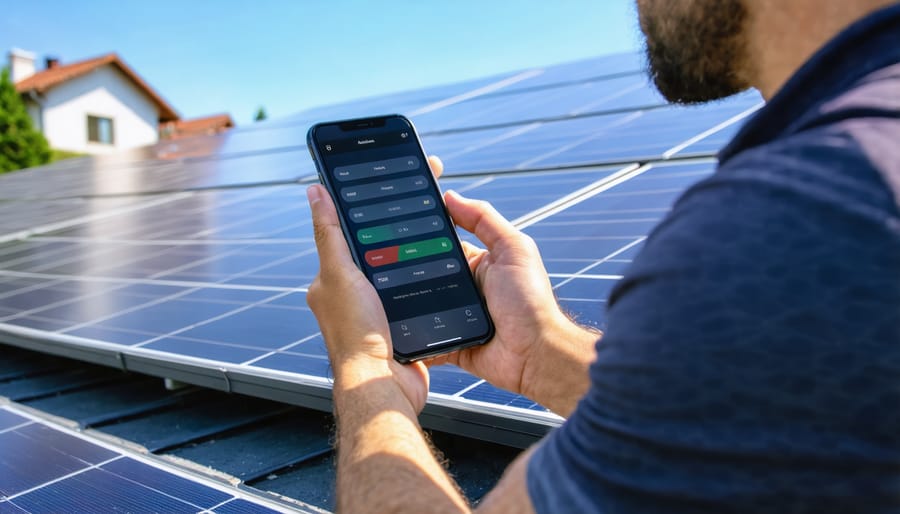
Conclusion
A solar panel system is a comprehensive solution for homeowners seeking sustainable and cost-effective energy. The key components—solar panels, inverters, racking, batteries, and monitoring systems—work together seamlessly to harness the sun’s energy, convert it into usable electricity, and store it for later use. At Residential Solar Panels, we are committed to providing high-quality, durable components that are designed to maximize energy efficiency and minimize maintenance. Our expert team is dedicated to helping homeowners navigate the solar panel installation process, from initial consultation to final installation and beyond. By investing in a solar panel system, you can reduce your carbon footprint, lower your energy bills, and contribute to a greener future for generations to come.



